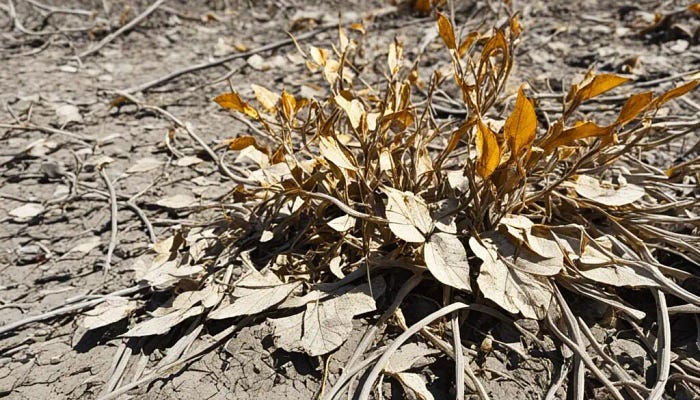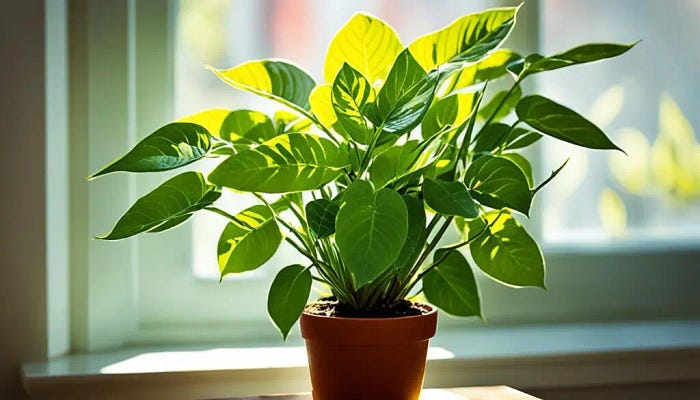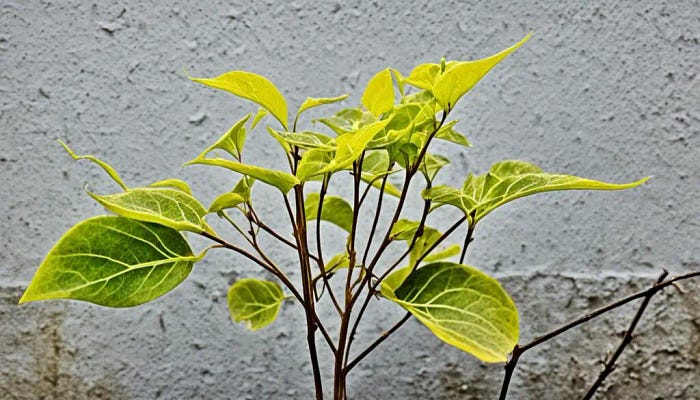Top 20 Plant Problems: Identify and Solve Common Plant Issues
Keeping your houseplant happy and healthy is usually easy if you do things right. But sometimes, you will run into plant problems. These can range from pests and diseases to problems with the environment. There’s a lot to think about when you start caring for a new plant. Yet, imagine knowing how to spot and fix the most common plant problems easily. So, how can you make sure both your indoor and outdoor plants do well, no matter what challenges come their way?
Common Plant Pests
Dealing with plant pests is a big issue for gardeners. Both indoor and outdoor plants can be affected. Among these pests are aphids and whiteflies. Knowing how to spot and deal with them is vital for your plants to thrive.
Aphids
Aphids are small insects that often live under leaves or at the top of the plant. They can cause harm to your plant. Signs include a smaller plant, leaves, and weird-looking foliage. You can remove them by spraying your plant or using a special insecticide.
Fungus Gnats
Fungus gnats indicate root problems in your plant. They eat plant roots and decay in the soil. This affects your plant’s health. You can fight them off by spraying soap and water on your plant or setting potato pieces in the soil. The gnats will go to the potatoes.
Spider Mites
Spider mites are tiny spider-like creatures that mostly hang under leaves. They make webs and you can barely see them. They damage plants by causing leaves to become yellow and twisted. You can get rid of them by using soap and water or a rubbing alcohol spray.
Whiteflies
Whiteflies look like tiny moths. They are a big problem for plants as they suck their sap. This makes the leaves yellow. To fight them, you can use neem oil or soaps. Spray your plant with these solutions to get rid of the pests.
Thrips
Thrips are very hard to see. They are tiny and color varies from light to dark. They suck plant juices, which can make plants look bad. You can get rid of them by cutting off the infected parts of the plant. Using soaps and oils can also help.
House Plant Diseases
Powdery mildew shows as white powdery growth on plant leaves. It can lower plant growth but isn’t often deadly. To treat it, cut off affected parts. You can also mix baking soda and soap with water, then spray it on your plant.
Root Rot
Root rot makes a plant’s roots soft and black. It can lead the plant to wilt and die. Too much water causes this, so water your plant only when the soil is dry. Cut out bad roots and move your plant to a new pot if it’s severe.
Gray Mold
Gray mold starts as brown spots, turning into a thick gray mold. It’s bad for your plant and spreads fast. To treat it, reduce the plant’s humidity and increase air flow. You might also need to use a fungicide in serious cases.
Leaf Spots
Leaf spots are small marks in colors like black or brown. They can cause leaf drop. To fix this, remove bad leaves and improve air flow. Don’t wet the leaves and avoid old potting mixes. Water early so leaves dry by night.
Typical Abiotic Issues
Sunburned Leaves
When plant leaves turn brown, it’s often a sign of too much direct sunlight. This doesn’t always kill the plant, but it could slow its growth. Move your plant to a shadier area. Cut off any damaged parts. Then, keep an eye on your plant to make sure it’s not getting too much sun.
Overwatering
Watering plants is essential, but too much water can harm them. This overzealous watering can make leaves turn yellow and cause root rot. Make sure your pots have holes in the bottom to drain away excess water. Wait to water until the soil is dry to avoid overwatering.
Brown Leaves
On the flip side, not watering enough can also be a problem. If your plant is dry, it might droop or its leaves turn brown. Larger indoor plants usually need more water. Add water to the soil to thoroughly moisten it. But, take note, an extremely dry plant might have a tough time bouncing back.
Stretching
Plants needing more sunlight show light green leaves and stretch towards sunlight. In the darker months, finding enough light can be hard. Place your plant by a south-facing window for more light. Rotate your plants for equal sunlight. If you still need more light, consider buying a plant light.
Weak Growth
If your plant isn’t growing well, it could be from bad light or too much water. The growth could slow or stop. Make sure it’s in a well-lit spot and water wisely. This means fewer waterings, perhaps every few weeks, depending on your plant’s needs.

Yellowing Leaves
Yellowing leaves have many causes. Watering problems, not enough light, and bugs can all make leaves yellow. Leaves yellowing at the bottom or inside might mean you’re overwatering. On the other hand, new yellow leaves suggest your plant needs more water. Too much or too little light can also make leaves turn yellow. If you see pests like thrips or spider mites, that’s another reason for yellow leaves. To help your plant, check how much you water it and the amount of light it gets. Look closely for signs of pests, too.

Dropping Leaves
Dropping leaves can show a plant is facing different issues. This might be due to shock, too much water, too little water, or bugs. Some plants, like Ficus, get unhappy if their environment changes suddenly. They might drop leaves because of changes in light, cold drafts, or big temperature swings. Overwatering could also lead to a plant dropping green leaves. This might mean the plant has root rot.
Always check the plant for signs of pests. Make changes to the watering and the plant’s surroundings to fix the problem.

Plants shed lower leaves to grow new ones.
Improper care, such as wrong watering, bad light, nitrogen deficiency, or shock, can cause leaf drop.
Impact of Environmental Factors:
Too much sun or being near air conditioning or heat vents can harm plants.
Moving the plant to a new location can often make it healthier.
Watering Issues:
It’s easy to mistake clues of overwatering or underwatering for each other.
Using a moisture meter or checking soil moisture with your finger is key for watering correctly.
Importance of Lighting:
Good light is crucial for plant health. The wrong light can make leaves fall.
Putting plants in the right lighting helps them do well.
Nutritional Considerations:
Not enough nutrients can make leaves drop.
Supplementing with sea kelp is good for plants. It gives them needed nutrients safely.
Supplementing Nutrients:
Nurseries usually feed plants well at first, but they might need more after a year.
Using diluted sea kelp can help refresh the soil’s nutrients when feeding plants.
Conclusion
This article has shared the top 20 plant issues you might encounter. Now, armed with this info, you can spot and fix many problems. You’ll learn about pests, diseases, and soil issues that can harm your plants.
Understanding why your plant might have yellow leaves or not be growing right is key. By acting early, you can keep your houseplants and gardens healthy. This means using the right bug sprays, changing how you water, or better lighting.



Comments
Post a Comment